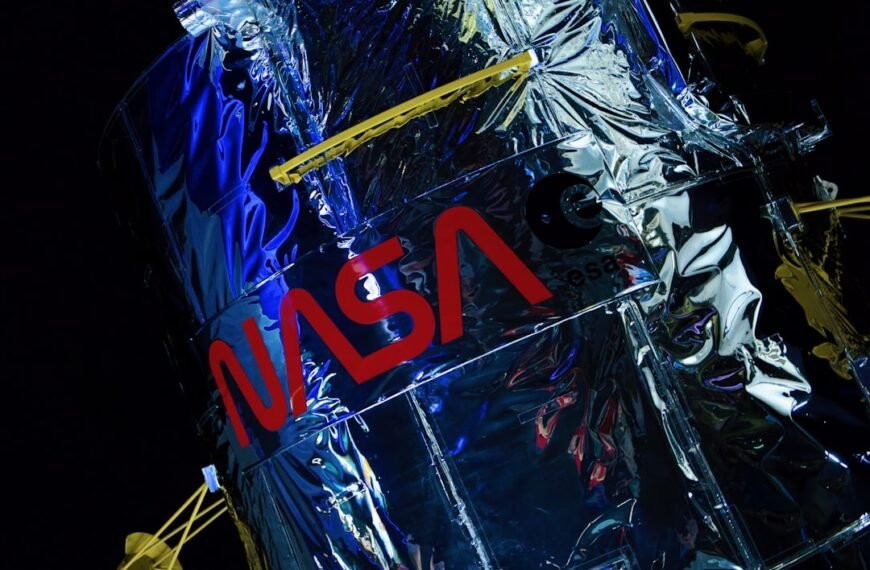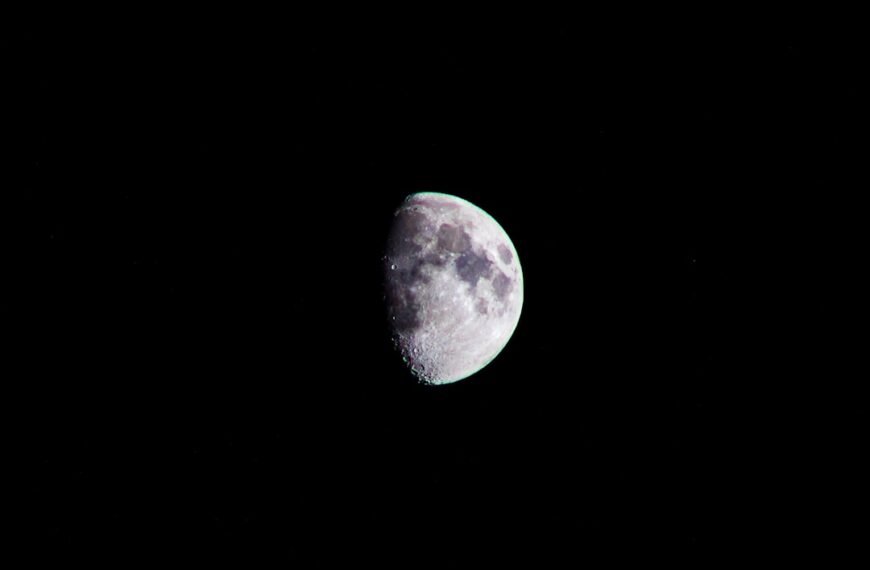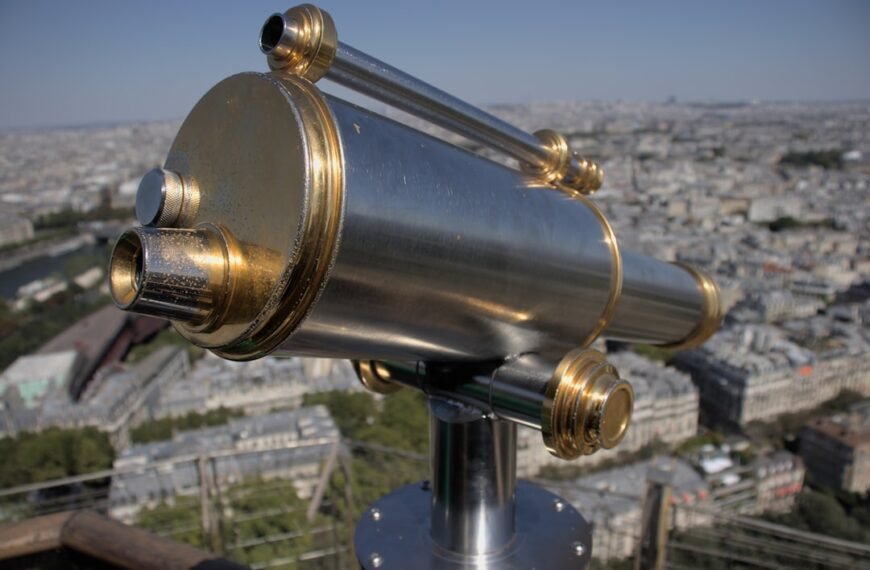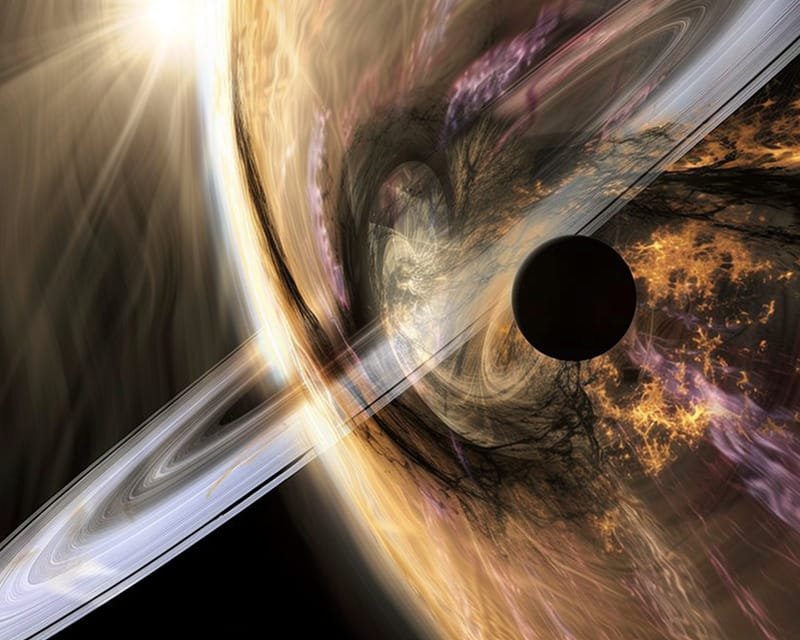NASA, the National Aeronautics and Space Administration, was established on July 29, 1958, as a response to the Soviet Union’s successful launch of the first artificial satellite, Sputnik, in 1957. The United States was determined to regain its technological superiority and demonstrate its capabilities in space exploration. As a result, President Dwight D. Eisenhower signed the National Aeronautics and Space Act, which created NASA as a civilian agency responsible for coordinating the nation’s civilian space program and for research in aeronautics and aerospace. The agency absorbed the earlier National Advisory Committee for Aeronautics (NACA) and its 8,000 employees, as well as several research laboratories and test facilities. NASA’s primary goal was to explore space and advance scientific knowledge for peaceful purposes, but its origins were deeply rooted in the Cold War rivalry with the Soviet Union.
NASA’s early years were marked by intense competition with the Soviet space program, as both nations sought to achieve significant milestones in space exploration. The agency’s first major achievement came in 1961 when astronaut Alan Shepard became the first American to travel into space. This was followed by President John F. Kennedy’s famous challenge to land a man on the moon before the end of the decade, which culminated in the historic Apollo 11 mission in 1969. Throughout its history, NASA has continued to push the boundaries of space exploration, conducting groundbreaking research and developing innovative technologies. The agency has also played a crucial role in advancing scientific knowledge and understanding of the universe, making significant contributions to astronomy, planetary science, and Earth science.
Key Takeaways
- NASA was established in 1958 as a response to the Soviet Union’s launch of the first artificial satellite, Sputnik, and the subsequent space race.
- NASA has a complex relationship with the military, with both organizations sharing resources and technology, but also maintaining distinct missions and objectives.
- NASA’s civilian mission is focused on space exploration, scientific research, and the advancement of human knowledge, while the military’s mission is centered on national defense and security.
- NASA has collaborated with the military on various projects, including the development of satellite technology, space-based surveillance, and astronaut training.
- Criticisms and controversies surrounding NASA’s military ties have centered on concerns about the militarization of space and the potential weaponization of space technology.
NASA’s Relationship with the Military
NASA’s relationship with the military has been complex and multifaceted since its inception. While NASA was established as a civilian agency, it has often collaborated with the military on various projects and initiatives. In fact, many of NASA’s early leaders and personnel were drawn from the military, bringing with them valuable expertise and experience in aviation and aerospace. Additionally, NASA has worked closely with the Department of Defense (DoD) on a number of space-related activities, including satellite launches, space surveillance, and missile defense systems.
One of the most significant examples of NASA’s collaboration with the military is its involvement in the development of reconnaissance satellites during the Cold War. In the 1960s, NASA partnered with the DoD to design and launch a series of highly classified reconnaissance satellites, known as the Corona program, which played a crucial role in gathering intelligence on Soviet military activities. This collaboration between NASA and the military demonstrated the agency’s willingness to support national security objectives, while also leveraging its expertise in space technology for military purposes. Despite its civilian mandate, NASA has continued to work closely with the military on a range of space-related projects, reflecting the intertwined nature of space exploration and national defense.
NASA’s Civilian Mission
Despite its collaborations with the military, NASA’s primary mission has always been focused on peaceful and civilian purposes. The agency is responsible for conducting scientific research and exploration in space, as well as advancing aeronautics and aerospace technology for the benefit of humanity. NASA’s civilian mission is guided by a commitment to expanding our understanding of the universe, promoting international cooperation in space exploration, and inspiring future generations to pursue careers in science, technology, engineering, and mathematics (STEM).
One of NASA’s key objectives is to conduct research that contributes to our understanding of Earth and its environment. The agency operates a fleet of Earth-observing satellites that monitor changes in the planet’s climate, weather patterns, and natural disasters. These satellites provide valuable data that helps scientists and policymakers make informed decisions about environmental conservation and disaster response. Additionally, NASA conducts research on other planets and celestial bodies in our solar system, seeking to unlock the mysteries of the universe and uncover potential opportunities for human exploration.
NASA also plays a critical role in advancing aerospace technology and innovation. The agency collaborates with industry partners, academic institutions, and international organizations to develop new spacecraft, propulsion systems, and materials that can enable future missions to deep space. By investing in cutting-edge research and development, NASA aims to push the boundaries of human exploration and pave the way for future generations to travel beyond Earth’s orbit.
NASA’s Collaborations with the Military
Throughout its history, NASA has engaged in numerous collaborations with the military on a wide range of projects and initiatives. These collaborations have encompassed areas such as satellite communications, space transportation, and space-based surveillance systems. One notable example is NASA’s partnership with the U.S. Air Force on the development of advanced rocket propulsion technologies for space launch vehicles. By leveraging each other’s expertise and resources, NASA and the military have been able to achieve significant advancements in space technology.
Another area of collaboration between NASA and the military is in the field of space situational awareness (SSA). Both organizations are responsible for tracking and monitoring objects in Earth’s orbit to ensure the safety and security of space assets. NASA’s Space Surveillance Network (SSN) works in conjunction with the U.S. Strategic Command’s Joint Space Operations Center (JSpOC) to track thousands of objects in space, including active satellites, defunct spacecraft, and debris. This collaboration helps to prevent collisions between space objects and enables both civilian and military operators to maintain situational awareness in space.
Additionally, NASA has supported the military in areas such as astronaut training and human spaceflight operations. The agency has provided training facilities and expertise to support military astronauts participating in joint missions aboard the International Space Station (ISS). These collaborations have allowed NASA and the military to share knowledge and resources, ultimately benefiting both organizations and advancing their respective missions.
Criticisms and Controversies Surrounding NASA’s Military Ties
Despite its commitment to peaceful exploration and scientific research, NASA’s collaborations with the military have not been without controversy. Critics have raised concerns about the potential militarization of space and the implications of using NASA’s resources for military purposes. Some argue that NASA’s involvement in military projects could compromise its civilian mission and erode public trust in the agency’s activities.
One of the most contentious issues surrounding NASA’s military ties is its role in developing dual-use technologies that have both civilian and military applications. Critics worry that advancements made through NASA’s research could be co-opted for military purposes, potentially leading to an arms race in space. Additionally, there are concerns about the blurring of lines between civilian and military activities in space, which could have broader implications for international relations and security.
Another source of controversy is the allocation of funding for NASA’s collaborations with the military. Some argue that resources dedicated to joint projects could be better utilized for purely civilian space exploration initiatives. This debate reflects broader discussions about national priorities and how best to allocate limited resources for scientific research and technological development.
NASA’s Role in National Security

Despite criticisms surrounding its military ties, NASA plays a crucial role in supporting national security objectives through its contributions to space-based capabilities. The agency’s expertise in space technology and exploration has been instrumental in advancing U.S. national security interests, particularly in areas such as satellite communications, intelligence gathering, and missile defense.
NASA’s Earth-observing satellites provide critical data that supports national security efforts by monitoring environmental changes, natural disasters, and geopolitical developments around the world. This information is used by government agencies to inform decision-making processes related to disaster response, humanitarian aid, and national defense strategies.
Additionally, NASA’s collaborations with the military have contributed to advancements in space-based surveillance systems that enhance situational awareness and protect U.S. interests in space. By working together on projects such as satellite tracking and monitoring, NASA and the military have helped to safeguard critical space assets and ensure freedom of operation in Earth’s orbit.
Furthermore, NASA’s role in human spaceflight operations has direct implications for national security. The agency’s ability to transport astronauts to and from the International Space Station (ISS) supports U.S. leadership in human space exploration and demonstrates its commitment to maintaining a presence in low Earth orbit. This capability has strategic importance for national security by enabling continued access to space for scientific research, technology development, and international collaboration.
The Future of NASA’s Relationship with the Military
Looking ahead, NASA’s relationship with the military is likely to continue evolving as both organizations adapt to new challenges and opportunities in space exploration. The increasing commercialization of space activities is expected to reshape how NASA collaborates with the military on technology development, satellite operations, and human spaceflight.
As private companies become more involved in launching satellites and providing commercial services in space, NASA may find new opportunities to partner with the military on leveraging commercial capabilities for national security purposes. This could involve collaborating on satellite communications networks, remote sensing capabilities, or other dual-use technologies that benefit both civilian and military users.
Additionally, as geopolitical tensions continue to shape international relations in space, NASA will need to navigate complex diplomatic considerations when engaging with foreign partners on joint projects that have implications for national security. Balancing these competing interests will require careful coordination between NASA and U.S. government agencies responsible for national defense.
Overall, NASA’s relationship with the military will remain an important aspect of its broader mission as it continues to push the boundaries of human exploration and scientific discovery in space. By leveraging its expertise and resources in collaboration with the military, NASA can contribute to advancing U.S. national security interests while upholding its commitment to peaceful exploration and international cooperation in space.
If you’re fascinated by the mysteries of the universe, you’ll love delving into the article “How do stars form and what determines their life cycle?” on The Universe Episodes website. This insightful piece explores the captivating process of star formation and the factors that dictate their life cycles. It’s a must-read for anyone curious about the celestial wonders that surround us. And if you’re interested in more space-related content, be sure to check out their articles on “How long would it take to get to Saturn?” and “How do astronomers measure the distance between stars and galaxies?” for even more cosmic knowledge.
























